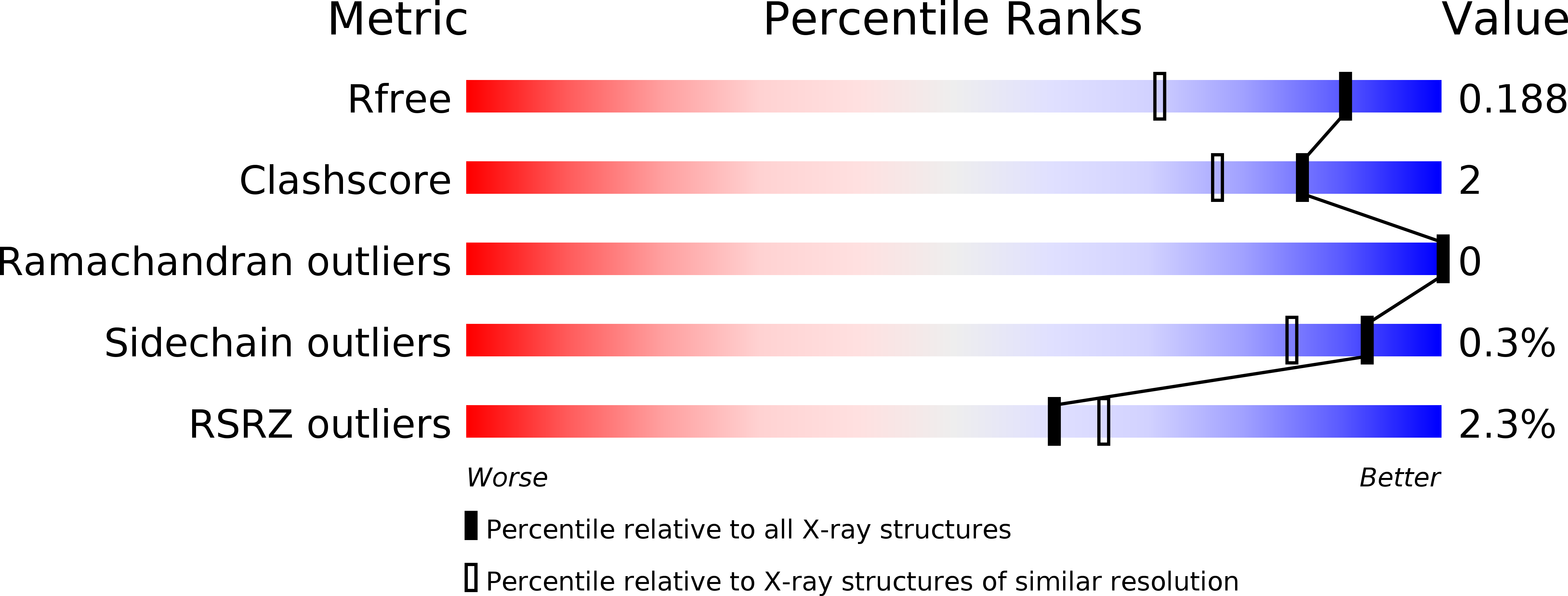
Deposition Date
2020-05-01
Release Date
2020-09-09
Last Version Date
2024-10-23
Entry Detail
PDB ID:
6WT8
Keywords:
Title:
Structure of a STING-associated CdnE c-di-GMP synthase from Flavobacteriaceae sp.
Biological Source:
Source Organism:
Flavobacteriaceae (Taxon ID: 49546)
Host Organism:
Method Details:
Experimental Method:
Resolution:
1.52 Å
R-Value Free:
0.18
R-Value Work:
0.16
R-Value Observed:
0.16
Space Group:
P 21 21 21


